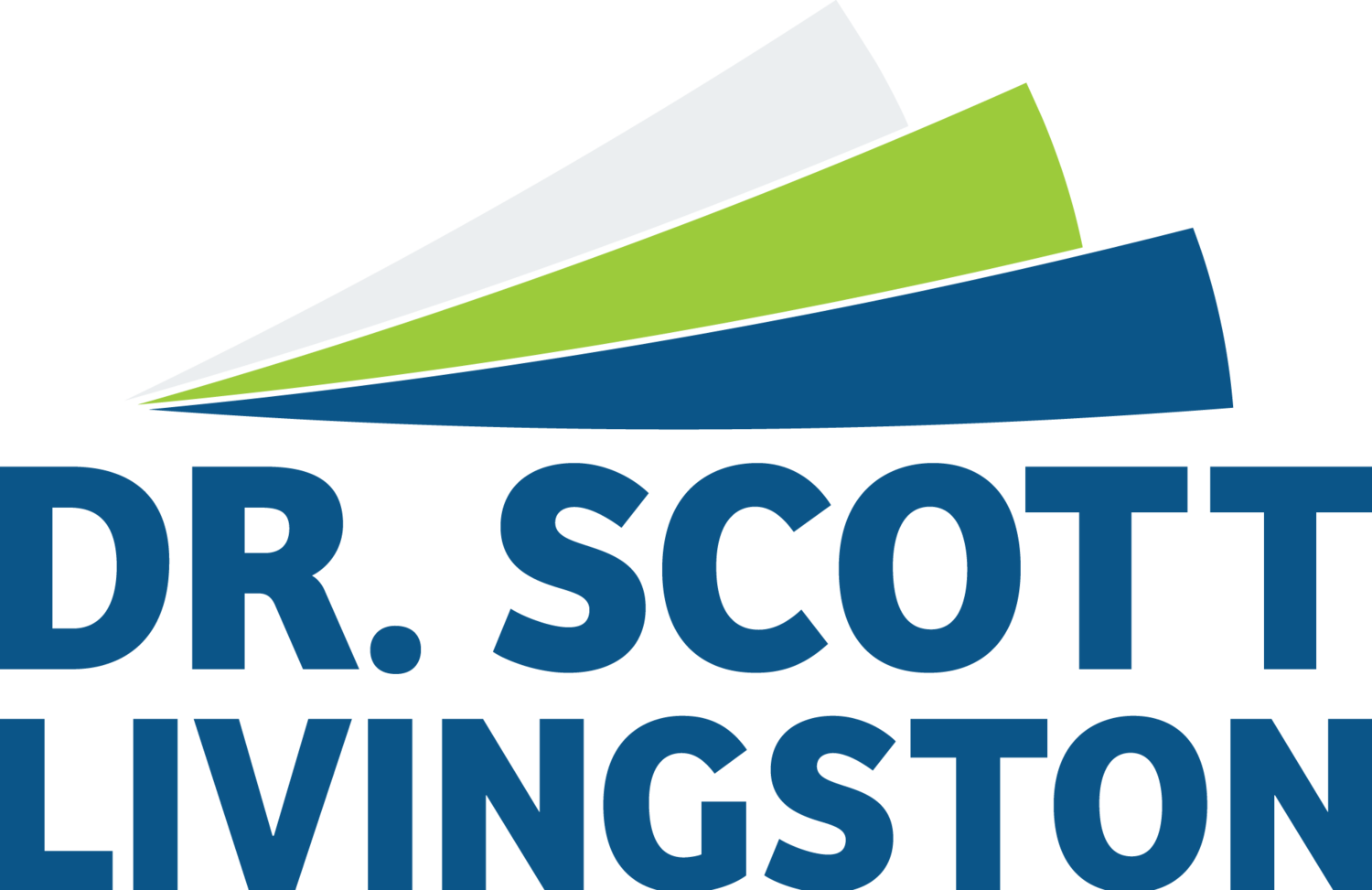Are you looking to develop your emotional intelligence?
These 12 books are a great place to start:
Primal Leadership by Daniel Goleman, Richard Boyatzis, and Annie McKee. This is a classic and puts EI into leadership styles where most people can relate to at least one.
Humble Inquiry by Egar Schein. Learn the importance of humbling yourself to be able to ask curious questions.
Stress Effect by Henry Thompson. Basic brain science related to EI in a very digestible format for those not steeped in neuroscience.
When the Body Says NO by Gabor Mate. This book (and his newest, The Myth of Normal) make the case for well-being and discuss the link between emotions and our physical health.
The Backpack by Tim Gardner. How to understand and manage emotions while loving yourself. This book is a bit different as it is written in story form, not like a typical psychology/self-help book.
Hardiness by Steve Stein and Paul Bartone: This is a book about resilience - not if we will face setbacks but when. Included is a model to stay resilient when we do.
Dare to Lead by Brene Brown: The best and most encompassing book on empathy I have seen.
Humility Is the New Smart: Rethinking Human Excellence by Edward Hess and Katherine Ludwig. A good integration on the EI leadership skill of the future: Humility.
The 5 Languages of Appreciation in the Workplace: Empowering Organizations by Encouraging People by Gary Chapman and Paul White. A nice overview of interpersonal relationships and how others like to be appreciated.
Why We Sleep by Mathew Walker. Because I am convinced most people struggle with EI because they don't rest well.
Anxious by Joseph LeDoux. For those who want a deep dive into the neuroscience.
A Guided Journey to Practicing Emotional Intelligence by Dr. Scott Livingston. Perhaps a bit self-serving, but this is a journaling experience that helps leaders see EI competency growth.
Whether you're interested in learning more about the neuroscience of emotions or want to know how to better manage stress and relationships, I hope one of these books serves you well in this season.
Best Hopes,
Scott


